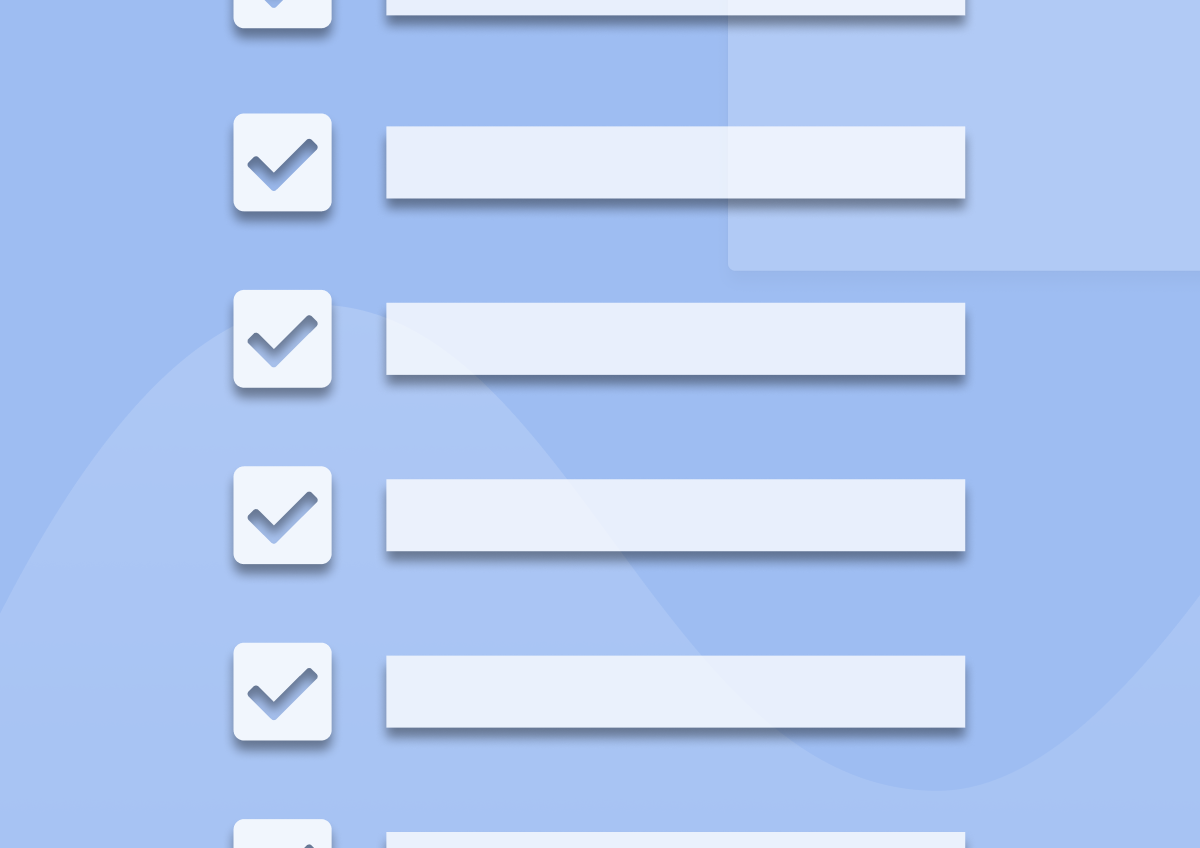How to Build a Lead Qualification Model That Will Ignite Your Sales
How do you feel when you discover that a lead you’ve invested so much time and effort in has no need or budget for your product?
Or when you’ve called all your prospects only to realize that none of those people could have become clients anyway?
I can well imagine. You, most likely, feel angry, frustrated, perhaps even resigned.
But isn’t dealing with low-quality leads a part and parcel of selling? A recent study by Marc Wayshak, for example, found that 50% of leads are not a good fit, typically.
Does that mean that we should be well used to dealing with them, then? Perhaps. But I’d say that we should also be able to spot them right away.
In this post, you’ll learn how to do it. I’ll show you how to develop a lead qualification model to uncover the biggest opportunities fast and with a laser-precision.
But let’s clarify something first…
Everybody’s qualifying their leads. Unfortunately, most sales team don’t do it right.
Most sales teams or business owners process their inbound leads in either of two ways:
The first one is working off the gut feeling.
Some salespeople follow their instinct to pick the best opportunities from their pool of inbound leads. In some cases, they might do a little background check. They may visit the person’s LinkedIn profile and use simple factors like job title or the company to assess their likelihood to buy. Overall, however, the decision is based on intuition rather than anything else.
Now, the process can work. Well, sometimes, at least. Overall, however, when following the gut feeling, you rely on luck to uncover the right account. Plus, you can make a poor judgement and still go after the wrong account.
As a result, this method typically leads to two negative outcomes:
- Wasting time on processing the wrong accounts and
- Letting the best opportunities slip.
The other method is treating all inbound leads equally.
In this approach, the company processes every lead the same way, assuming they all offer equal opportunity. No one conducts even a rudimentary check on the lead, pushing everyone into the same sales funnel.
Unfortunately, processing every lead doesn’t solve the problem either, particularly, if the company receives a significant amount of new leads each month.
Having to call each of them in turn often burns salespeople out, for one. You are also prone to closing bad leads or even, putting people off your brand.
Luckily, as I said earlier, there is a solution.
How to Qualify Inbound Leads
Step #1. Defining the Ideal Client Profile (ICP)
I’m sure you have a good idea about what type of people or businesses you’d like to work with. Perhaps you have a complete buyer persona developed already. Or you know instinctively who your ideal client is.
Unfortunately, as you’ll see shortly, gut feeling or instinct isn’t enough to efficiently qualify leads. You need to define your ICP characteristics carefully.
Are you interested in working with companies of a specific size, number of employees or revenue? Or, perhaps, you’re targeting businesses in a specific location only?

What about the actual lead? Are there any roles or job titles that suggest the person could be the decision-maker? A design agency, for example, would most likely focus on connecting with heads of marketing in their target companies. These people initiate design projects after all. An insurance broker, on the other hand, might want to speak to the company owner or one of the partners.
Step #2. Define Lead Qualification Values Corresponding to Your ICP Characteristics
The ICP outlines what makes your ideal client. To know which values to look out for specifically, what are the good-to-have and which ones to avoid, you need to assign values to each of ICP characteristics. If possible, you should also expand it with additional information you can uncover about the person.
In general, when qualifying leads, you look at three types of information:
1-Explicit data that includes all the information a lead has shared with you during the initial interaction. It could be their name and email that you can extract from their inquiry message. Or their job title, if your lead capture form asks for such info too.
When assigning lead qualification values, you can decide to assign a positive or negative value to this data. For example, you can decide that people with free email addresses are scored lower since they might be tire kickers.
However, if you’re a professional firm dealing with customers, the quality of the email address might not matter to you.
Similarly, you may assign a higher value to leads who have given you their phone number, for example, to those who left that form field blank, when your primary method of engaging customers is the phone.
2-Implicit data that includes additional insights you can discover about the lead, based on the explicit data. OnePageCRM, for example, automatically enhances profiles with social data such as the person’s role, company information and website, their social profiles, and even the picture.
The prospecting method you’ve used to generate the lead might also weight on their score. Cold email leads might be earlier in the sales process and require more nurturing compared to people who have engaged with you through inbound channels.
3-Behavioral data that you can collect by measuring how a person has been interacting with your website or sales materials.
For example, you can assume that a person who has downloaded your white paper or another lead magnet before inquiring may be deep in the buying process. As a result, such a lead will get more points on your lead qualification criteria.
Similarly, someone who has visited your site more than once has, most likely, conducted extensive research and considers your business as a potential vendor.

Leveraging behavioral data is especially interesting for SaaS companies with a free trial or freemium offer. For these companies, using applying the Product Qualified Leads methodology works generally really well.
Putting it all together – How does YOUR lead qualification model look like
I’m sure you’re wondering how it all works together and how the perfect lead qualification model for your business looks like. So here is a thing … It depends.
It depends basically on two things:
- The lead qualification data at your disposal
- The lead qualification signals that are relevant for your business
What I mean by that is the following. There is no one-size-fits-all solution for lead qualification. As a sales or marketing leader, you need build the model that fits YOUR business. What might be an import lead qualification signal for one company, might be completely irrelevant for another one.
What’s more, sometimes you just don’t have all the data you wish you would have. Sure, it would be great to know how much budget your prospect has left for this quarter. You probably won’t know this number upfront though, unfortunately.
At Refiner, we spoke with a couple of SaaS experts and asked them how they qualify SaaS leads. We also had countless discussions with our users about lead scoring and lead qualification.
Here are two rule of thumbs based on what we learned:
- Start simple! Most experts we spoke to qualify their leads by looking at not more than 2 – 3 data points (e.g. size of company, estimated website traffic, etc.). Once you see good results based on your initial model, you can still iterate and add complexity to it later on.
- Data quality beats data quantity! With all the data capture & processing options we have today, it’s easy to just start collecting as much data as possible on your leads. But does all this data really help? Is there really value in knowing that a lead clicked 2 x the red button and then 3 times the green one? Likely not. We recommend to focus on a few, but highly relevant, qualification signals.









